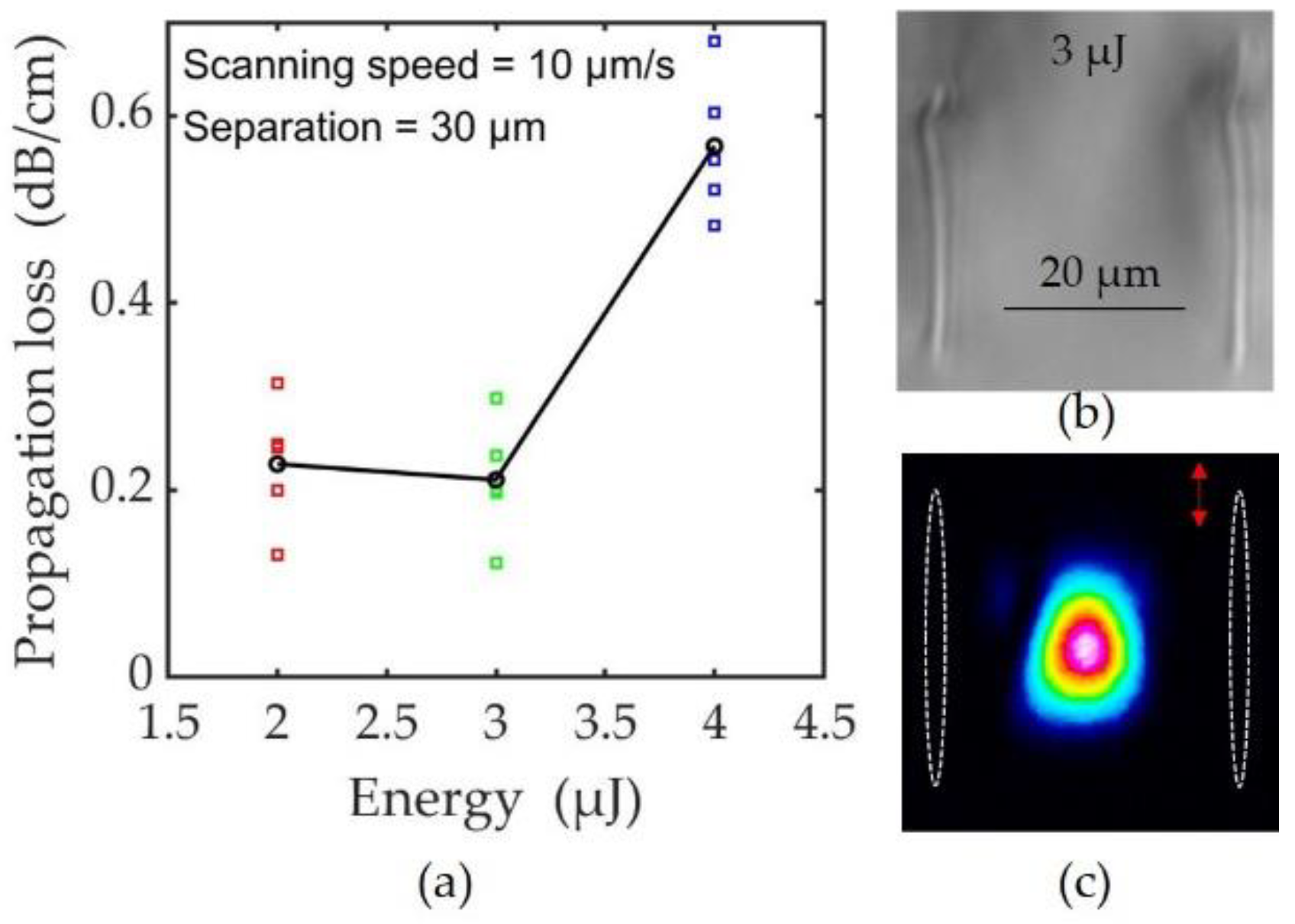Contents

Source: MDPI
<>
Pulse Propagation Modeling: Understanding Ultrashort Pulses
Introduction
When ultrashort light pulses propagate through optical media, they undergo complex changes due to various physical effects. Understanding these effects is crucial for the development of ultrafast laser systems and nonlinear frequency conversion devices.
Physical Effects on Pulse Propagation
Various physical effects influence the propagation of ultrashort pulses, such as chromatic dispersion, Kerr nonlinearity, and soliton effects. These effects can interact in surprising ways, leading to changes in pulse properties.
Case Studies
Case studies, such as Raman scattering in fiber amplifiers and nonlinear pulse compression in fibers, provide insights into how different effects impact pulse propagation in specific scenarios.
Relevance of Pulse Propagation Effects
Understanding pulse propagation is essential for designing laser systems, supercontinuum sources, and other nonlinear devices. Experimental exploration is limited, making pulse propagation modeling indispensable for gaining deep insights.
Simulation Models for Ultrashort Pulse Propagation
Various modeling techniques, including the Haus Master equation and soliton perturbation theory, are used to simulate pulse propagation. Numerical techniques play a crucial role in accurately representing pulse evolution in different media.
Numerical Pulse Propagation
Numerical simulations involve representing pulses with discrete complex amplitudes in time or frequency domains. Techniques like FFT are used to handle linear and nonlinear effects, ensuring accurate simulation results.
Conclusion
Modeling and simulating pulse propagation are vital for understanding how ultrashort pulses behave in optical media. By employing advanced simulation tools, researchers and engineers can optimize the performance of their optical systems efficiently.

Source: MDPI
Feel free to comment your thoughts.



